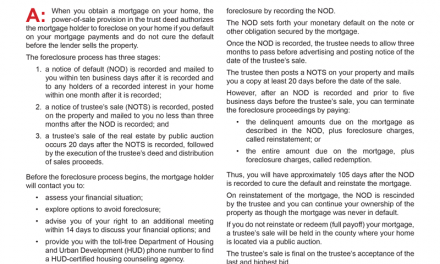Facts: A property owner made improvements to his neighbor’s property and used the property regularly without permission for 13 continuous years. Eight years into this period, the property owner purchased the property from his neighbor then immediately sold the property to a buyer, with the exception of the improved portion. The exception was specified in the purchase agreement, but not in the grant deed. The buyer sold the property to a second buyer. The first and second buyers were each advised of the property owner’s claim to the portion of the property he improved, and of the absence of the property owner’s claim from all grant deeds. The second buyer later sold the property to a third buyer without noting the exception.
Claim: The third buyer sought quiet title to the property, claiming the property owner could not use the improved land since he did not assert his ownership right by timely filing a lawsuit against the first buyer when the grant deed omitting the owner’s interest was recorded.
Counter claim: The property owner sought to establish his right to the improved property, claiming he was entitled to a prescriptive easement since he made improvements on the property and continually used it without permission for 13 years
Holding: A California appeals court held the property owner was entitled to the prescriptive easement since he asserted his right to use the property by improving it and continually using it without permission for 13 continuous years. [Peter Connolly et al. v. Wade Trabue et al. (2012) 204 CA4th 1154]
Editor’s note — While delaying to file a lawsuit against the first buyer prevented the property owner from holding title to the disputed portion of the property, it in no way negated his right to a prescriptive easement. The property owner’s unpermitted improvement and use of the property for over five years fulfilled the statutory requirements for obtaining a prescriptive easement, the owner’s continued use of the property.













